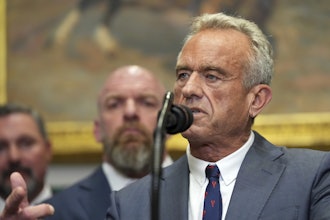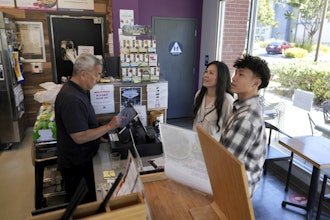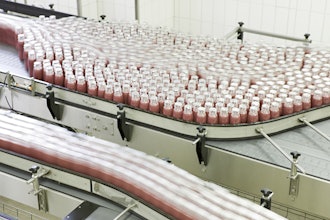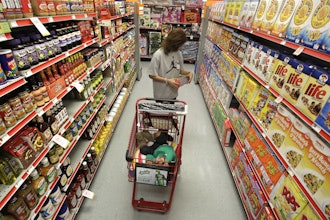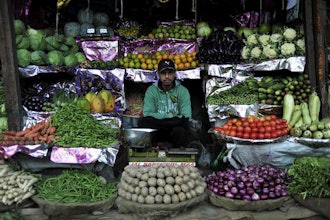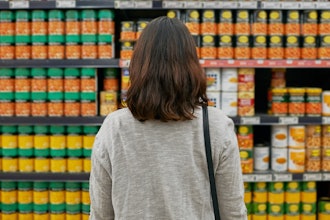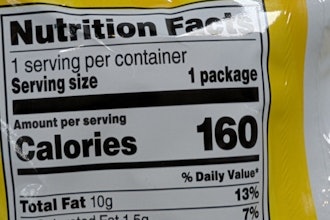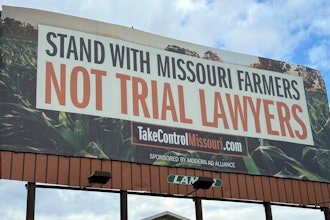GMO-free, antibiotic-free, gluten-free, dairy-free, additive-free: the number of absence-label claims in food marketing is dizzying. Economic projections suggest the “free from” category will be one of the fastest growing over the next five years. But are these claims a sincere effort to deliver product information to consumers or a race to the bottom with potential to backfire?
Consumers who are increasingly skeptical about what’s in their food are looking for cleaner labels and fewer ingredients. Savvy marketers are continually looking for a new claim or some way to differentiate their products in an increasingly crowded and competitive marketplace.
If you are a marketer, it makes perfect sense to be the first to claim your product is “free from” something. However, once a “free from” claim is made, competitors in the category, not wanting to be left behind, feel compelled to make the same claim.
Because the supply chain is faster than ever at responding to market signals, an entire category can become “free from” something relatively quickly. This results in the “free from” claim, which was supposed to be a unique attribute, instead becoming a commodity with no premium price potential because everyone is making the same claim.
This phenomenon would be little more than a curious marketing trend if it was without harmful consequences, but the impact is real and consumer trust hangs in the balance.
Research by The Center for Food Integrity (CFI) shows high consumer mistrust of the food system based on a belief that their values are not shared by those who produce food, particularly big companies and farms. Enter “free from” marketing campaigns that suggest a difference between products where there is none — think gluten-free water and hormone-free chicken. Such labels irritate, if not frustrate, consumers who feel duped when the curtain is pulled back.
These attitudes are echoed in recent CFI interviews that asked consumers “Do you trust food labels?”
Many are leery when it comes to product claims and ingredients they can’t pronounce. “Reading labels, it’s like, I can’t say 20 of these items,” said one woman, who has transitioned to a plant-based diet. “It’s eye opening because I don’t know what I’m eating.”
Other comments include, “They always try to find ways to cover up bad stuff” and “I go for free-range eggs and hope the label says what it means.”
Farmers are sometimes left holding the bag when marketers speed too quickly toward a new “free from” claim. We’ve seen consumers reject higher priced “free from” products after farmers were pressured to supply them. Reports of a cage-free egg glut are just one example. Such instances leave farmers to absorb the additional costs or face a backlog of supply.
Even when consumers are willing to pay a premium for a product that’s newly free from something, once competitors follow and it becomes the standard, the premium evaporates.
Some “free from” products require an increased consumption of natural resources (acres of land or gallons of water, for example), yet deliver no distinguishable benefit. How does that jibe with the growing focus on sustainability? Consumers value honesty and integrity, in addition to sustainable practices. Marketers beware.
The answer is not as simple as asking marketers to stop trying to find a competitive edge. That’s their job. The answer is for the food system — food companies and farmers — to identify other ways for marketers to demonstrate to consumers that their products are healthy, their processes are sustainable and their supply chain is transparent. They need to build trust.
After a decade of researching consumer trust, CFI has learned a lot. We know that trust is built by establishing shared values. So, the food system needs to be more engaged with increasingly skeptical consumers who are looking for absence labels as a source of reassurance that the food they buy for their families is healthy, affordable and produced in a manner consistent with their values. That’s something around which everyone can rally.
Greater transparency is a critical component of building consumer trust. We know that food company leaders and farmers sometimes wonder how to translate the concept of transparency into action. The answer is to take it one step at a time.
It can begin as simply as sharing information about “practices” — within a company or on the farm — knowing from our research that this is an area of high consumer interest. It’s not just what you say you do, it’s what you’re actually doing, or your “practices,” that demonstrate transparency to consumers. Practices are your values in action — and shared values earn trust.
The more consumers understand how food is produced, the less they’ll seek reassurance from absence labels. More and more food companies and farms are embracing the need to engage with consumers and increase transparency. Good for them. To others I would say this: the next time you are frustrated by a new “free from” label, pause for a moment to consider what you are doing to build greater trust.
Charlie Arnot is the CEO of The Center for Food Integrity. The Center for Food Integrity is a not-for-profit organization that helps today’s food system earn consumer trust. CFI’s members and project partners, who represent the diversity of the food system, are committed to providing accurate information and working together to address important issues in food and agriculture. The Center does not lobby or advocate for individual companies or brands. For more information, visit www.foodintegrity.org.









